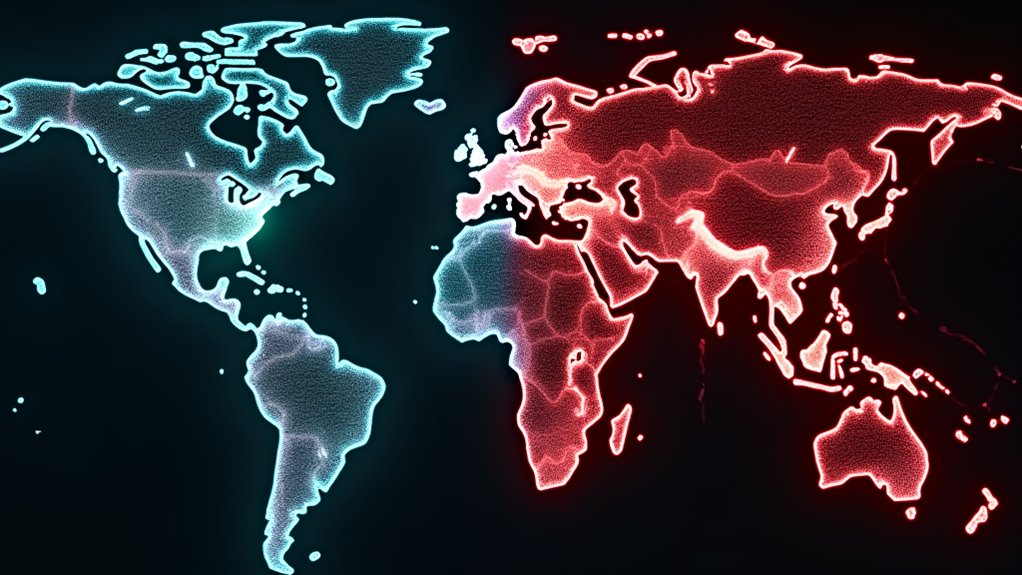Chinese state-backed hackers have infiltrated critical government and infrastructure networks across Africa through a sophisticated espionage campaign that has escalated considerably since late 2022. The cyber operation, attributed to APT41, represents a dramatic shift in targeting patterns for the advanced persistent threat group, which previously demonstrated minimal activity across African networks compared to other global regions.
Security researchers uncovered that attackers embedded hardcoded internal service names, IP addresses, and proxy server details directly into custom malware variants, demonstrating intimate knowledge of targeted organizational infrastructure. The threat actors compromised SharePoint servers within African government entities, repurposing these legitimate platforms as command-and-control nodes to maintain persistent access during evasion of detection.
Attackers hardcoded internal network details into malware, revealing deep organizational knowledge while weaponizing SharePoint servers as covert command-and-control infrastructure.
Forensic analysis revealed extensive use of the Impacket toolkit for lateral movement and remote code execution, with modules including Atexec and WmiExec deployed across compromised workstations. Investigators traced suspicious activity to unmonitored hosts operating under privileged service accounts, highlighting critical gaps in organizational security monitoring capabilities.
The attackers executed reconnaissance commands explicitly designed to confirm command-and-control server reachability from within breached environments. The espionage campaign targeted government, telecommunications, energy, education, and healthcare organizations spanning multiple African countries.
Previous Chinese cyber operations affected over three dozen nations globally, but the concentrated focus on African infrastructure marks a considerable evolution in state-backed targeting priorities. Malware platforms including PurpleHaze and ShadowPad were identified in connection with the intrusions, demonstrating infrastructure management overlaps among various Chinese espionage groups.
Detection efforts initially triggered through anomalous command execution patterns across multiple endpoints, though incident dwell times varied vastly between organizations. Some entities achieved swift containment following discovery, whereas others endured prolonged espionage periods before successful remediation.
The attackers exploited SharePoint vulnerabilities and misconfigurations to establish privileged persistence mechanisms, as internal server hardening deficiencies facilitated command-and-control signaling and lateral network propagation. Similar to the June 2025 APT41 supply chain attack targeting SentinelOne systems, this African campaign demonstrates the group’s preference for monitoring critical infrastructure servers.
The investigation findings underscore urgent requirements for improved monitoring of privileged accounts and critical endpoints across African infrastructure networks. Domain creation patterns and naming conventions revealed overlapping characteristics with established Chinese actor infrastructure, providing additional attribution evidence linking the campaign to state-sponsored espionage objectives targeting African governmental and commercial entities. Government cybersecurity professionals are increasingly relying on subscription-based platforms for real-time threat intelligence updates and comprehensive analysis of emerging espionage campaigns.









